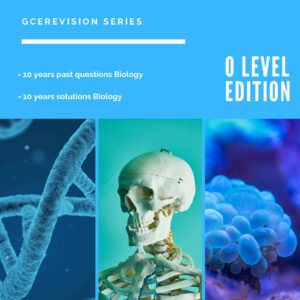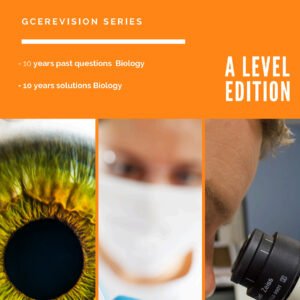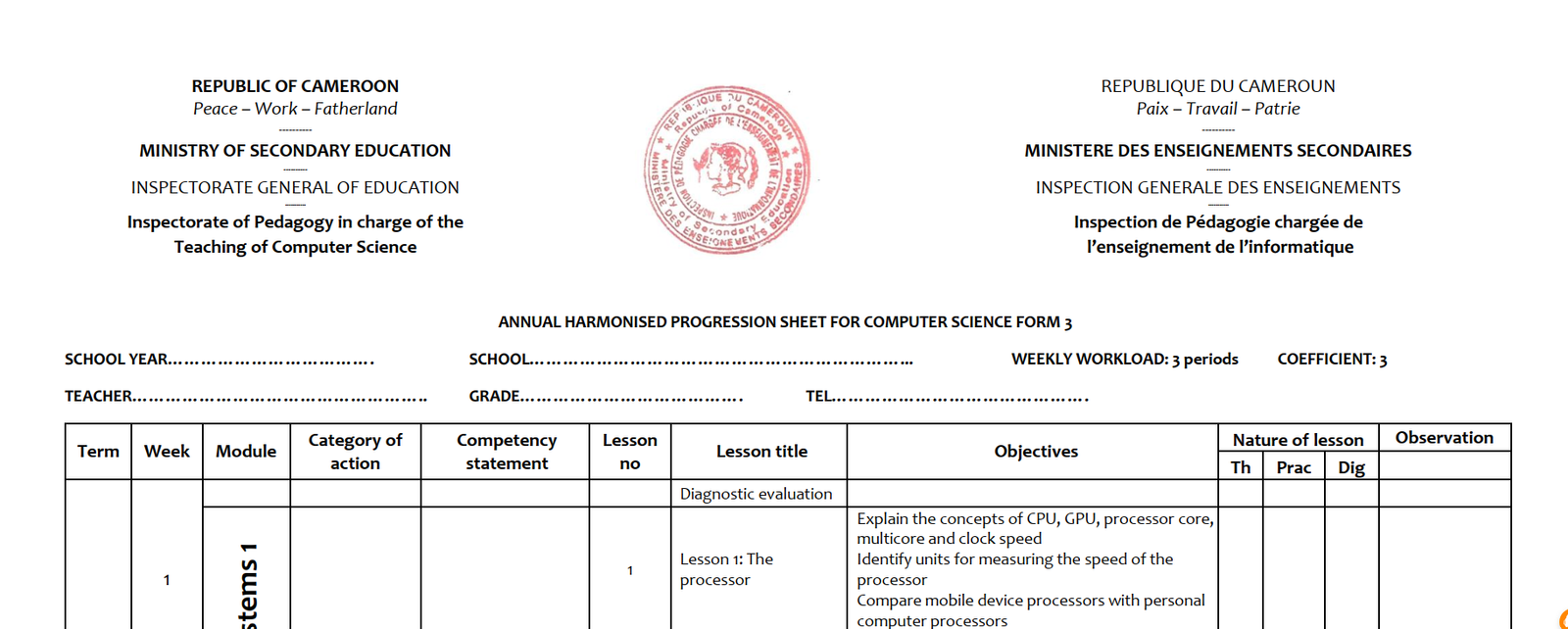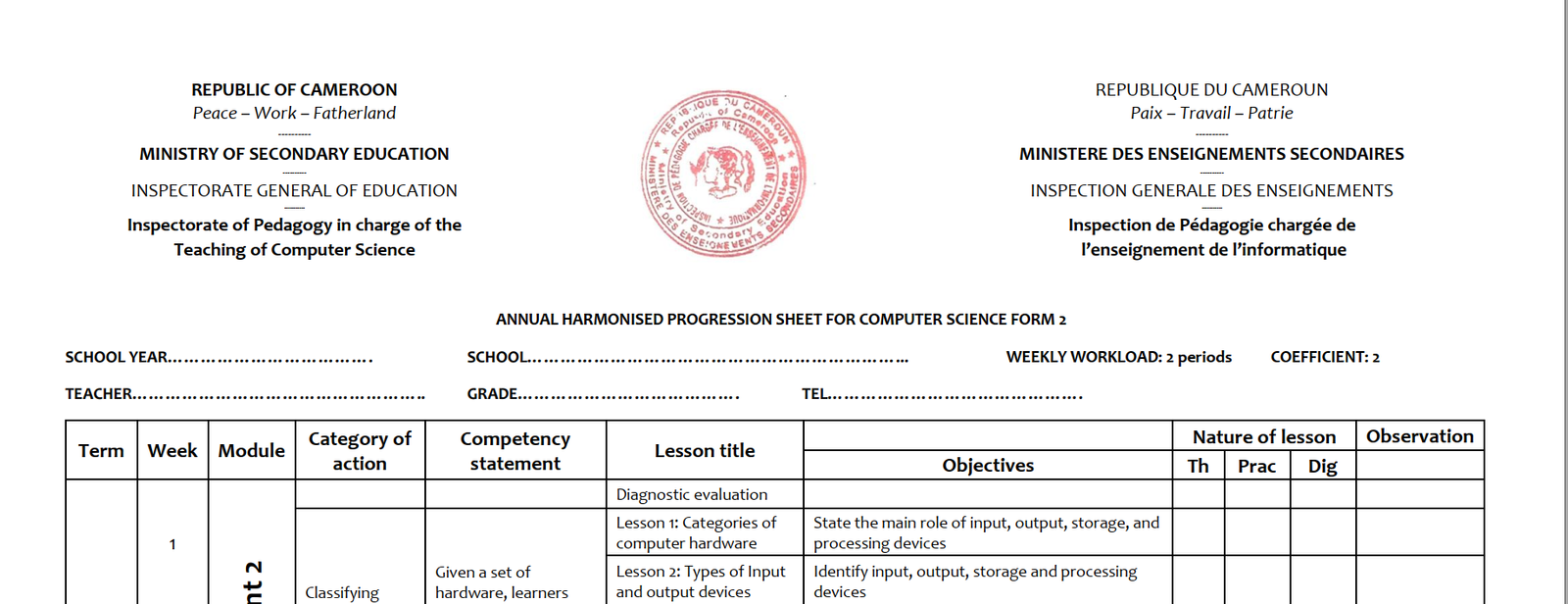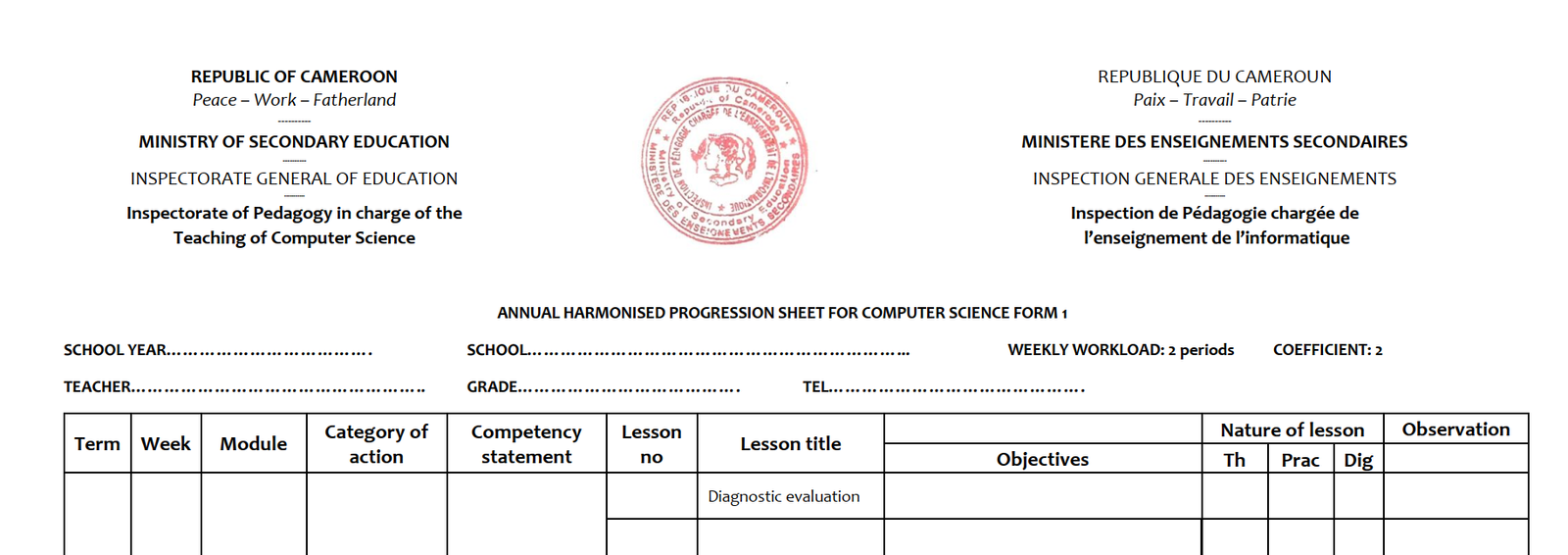Contents
CHAPTER ONE.
- KINGDOM ANIMALIA.
1.1. GENERAL CHARACTERISTICS
1.2. ANIMAL SYMETRY
1.3. CLASSIFICATION OF ANIMALS.
CHAPTER TWO.
2.0. PHYLUM PORIFERA (THE SPONGES).
2.1. GENERAL CHARACTERISTICS.
CHAPTER THREE.
3.0. PHYLUM CNIDERIA OR COELENTERATA.
3.1. General Characteristics.
3.2. TYPICAL CNIDERIAN BODY PLAN.
3.3. NUTRITION IN CNIDERIANS.
3.4. CORDINATION IN CNIDERIANS.
3.5 REPRODUCTION IN CNIDERIANS.
3.6 LIFE CYCLE OF CNIDERIANS.
3.7. CLASSIFICATION OF CNIDERIAN.
CHAPTER FOUR.
4.0 PHYLUM PLATYHELMINTHES (FLAT WORMS).
4.1 General Characteristics of members.
4.2. Body Plan of Platyhelminthes.
4.3 Free Living Platyhelminthes.
4.3.1 Nutrition in Planaria.
4.3.2 Coordination in Planaria.
4.3.3 Reproduction of Planaria.
4.4 Parasitic Platyhelminthes.
4.4.1 Parasitic Trematodes.
4.4.2 Life cycle of fasciola Hepatica (Liver Fluke).
4.4.3 Parasitic Cestodes.
4.4.4 Life Cycle of Tapeworms.
4.5 Adaptation of parasitic worms to their mode of life.
4.6. Classification of Platyhelminthes.
CHAPTER FIVE.
5.0. PHYLUM NEMATODA.
5.1. General characteristics of Nematodes.
5.2. Mode of life of Nematodes.
5.3. Nutrition of Nematodes.
5.4. Transport, Gaseous Exchange and Excretion of Nematodes.
5.5. Coordination in Nematodes.
5.6. Reproduction in Nematodes.
5.7. Life Cycle of Ascaris.
5.8. Some diseases Caused by Parasitic Nematodes.
CHAPTER SIX.
6.0. PHYLUM ANELIDA.
6.1. General Characteristics.
6.2. Classification of Annelida
6.3. Comparing the body wall of acoelomates
6.4. Mode of life of annelids.
Nutrition:
Gaseous exchange:
Transport:
Excretion:
Coordination:
Movement:
6.5. Reproduction in Annelids.

